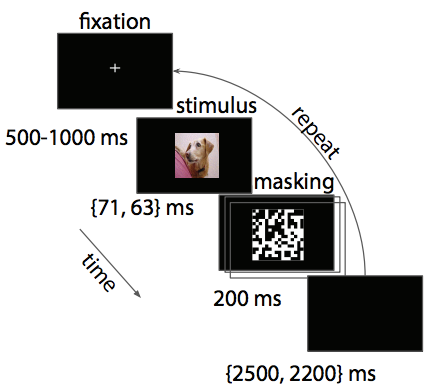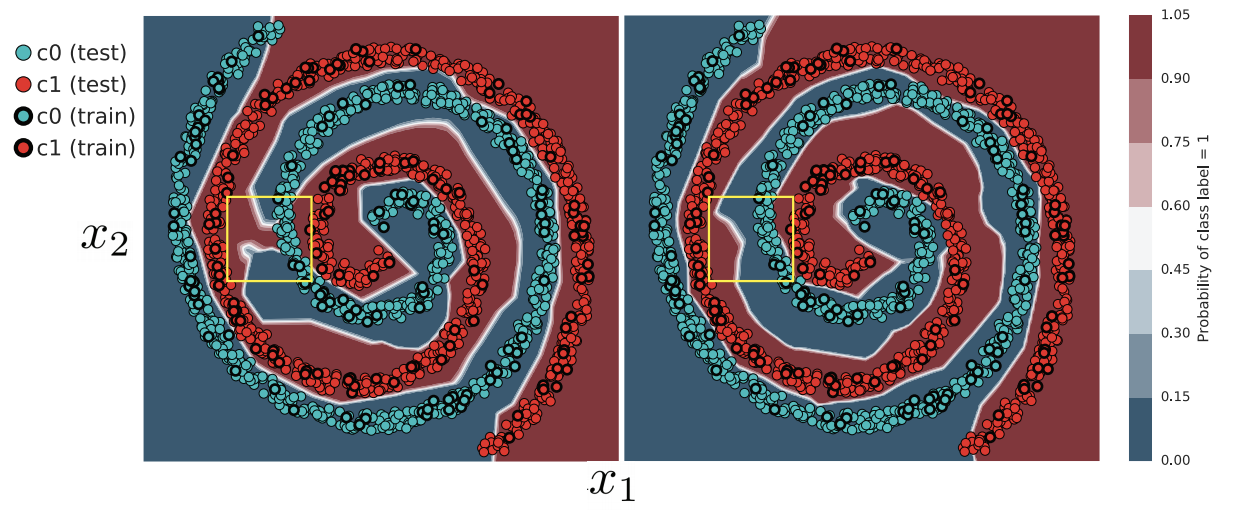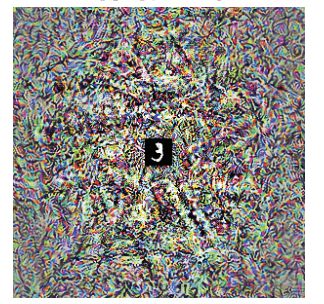
Gamaleldin Fathy Elsayed.
I am a Research Scientist at Google Brain Mountain View. I am interested in deep learning research with inspiration from neuroscience. In particular, I am interested in studying properties and problems of artificial neural networks, and investigate their overlap with neural systems. This investigations is critical and can help develop useful insights for direction for improvement in deep learning research.
I completed my B.S. from the American University in Cairo (AUC) with a major in Electronics Engineering and a minor in Computer Science. After my B.S., I joined the founding class of King Abdullah University of Science and Technology (KAUST), where I pursued my M.S. in Electrical Engineering under the supervision of Jürgen Kosel and studied EKG signals to extract respiratory-related information. In 2011, I moved to the US to pursue my PhD in Electrical Engineering at Washington University in Saint Louis, where I started to develop my research interest for machine learning and computational neuroscience. In 2013, I moved to Columbia University PhD program, where I joined the Center for Theoretical Neuroscience.
In 2017, I completed my PhD in Neuroscience from Columbia University in the lab of John P. Cunningham, where I worked on problems in computational neuroscience and machine learning. During my PhD I contributed to the field of computational neuroscience through designing methods for identifying and validating structures from complex neural data.
Contact: gamaleldin.elsayed at gmail dot com





